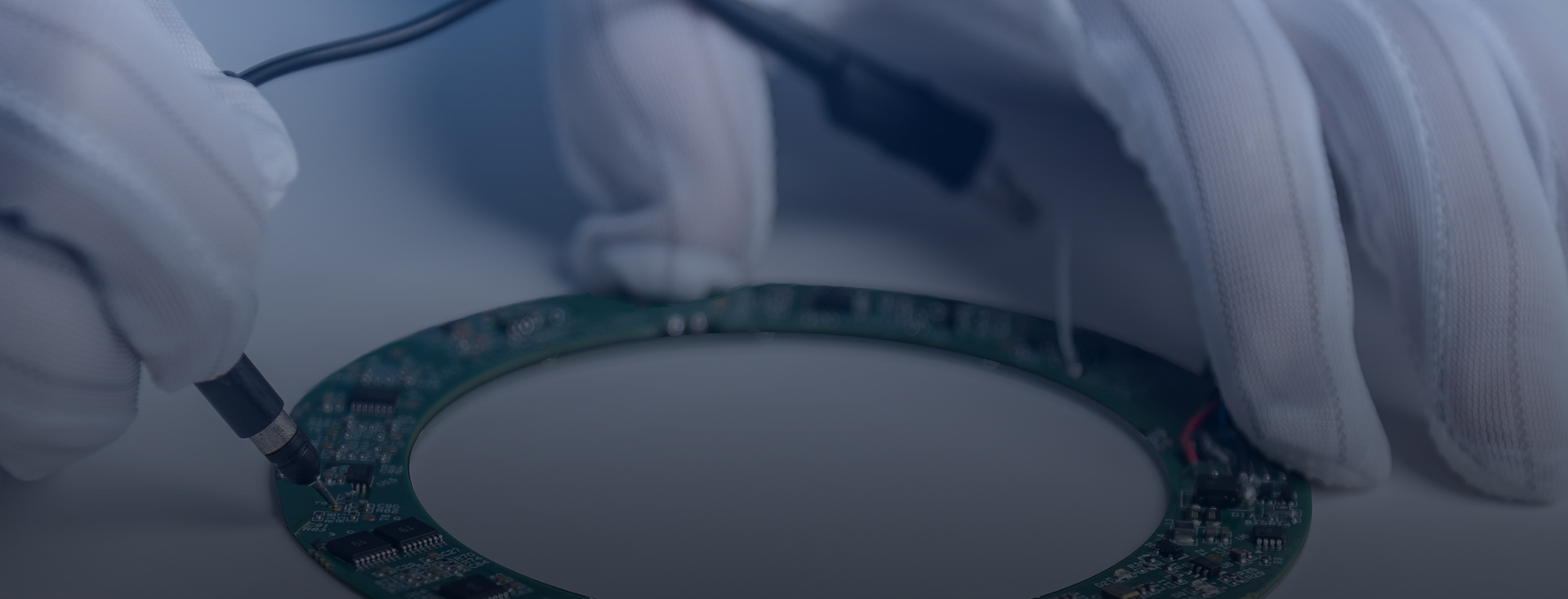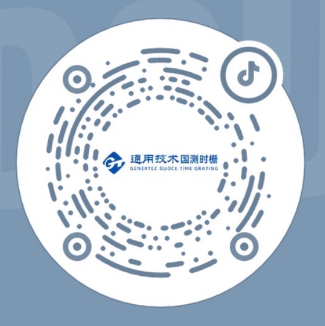Time is currently the physical quantity with the highest measurement accuracy for human beings, six orders of magnitude higher than space. In the International System of Units, "meter" is defined in terms of time, and the highest length datum is traced back to time.
In 1996, Professor Peng Donglin initially proposed the new idea of "Building a high-speed uniform motion as a time reference and achieving displacement measurement through the time comparison ", the original academic idea of "Using time pulses to form a reference for space displacement measurement" and the significant invention of "Time-grating Sensing" gradually formed. Generally speaking, it is to observe each other in two coordinate systems, and the difference in position (displacement) of one side is shown as the difference in time observed by the other side.
Professor Liu Xiaokang and his team have continuously iterated the time-grating sensing technology. In 2010, they proposed to use an electric field which is orthogonally changed to construct an equivalent spatial domain motion as a motion reference system which was called "Nanometer Time-grating". By simplifying and optimizing the transfer process of time reference, scientifically shortening the length of the time reference transfer chain, and improving the uniform velocity of the motion reference system, the measurement accuracy has improved and the leap of precision from millimeter to micron to nanometer has gradually realized.






